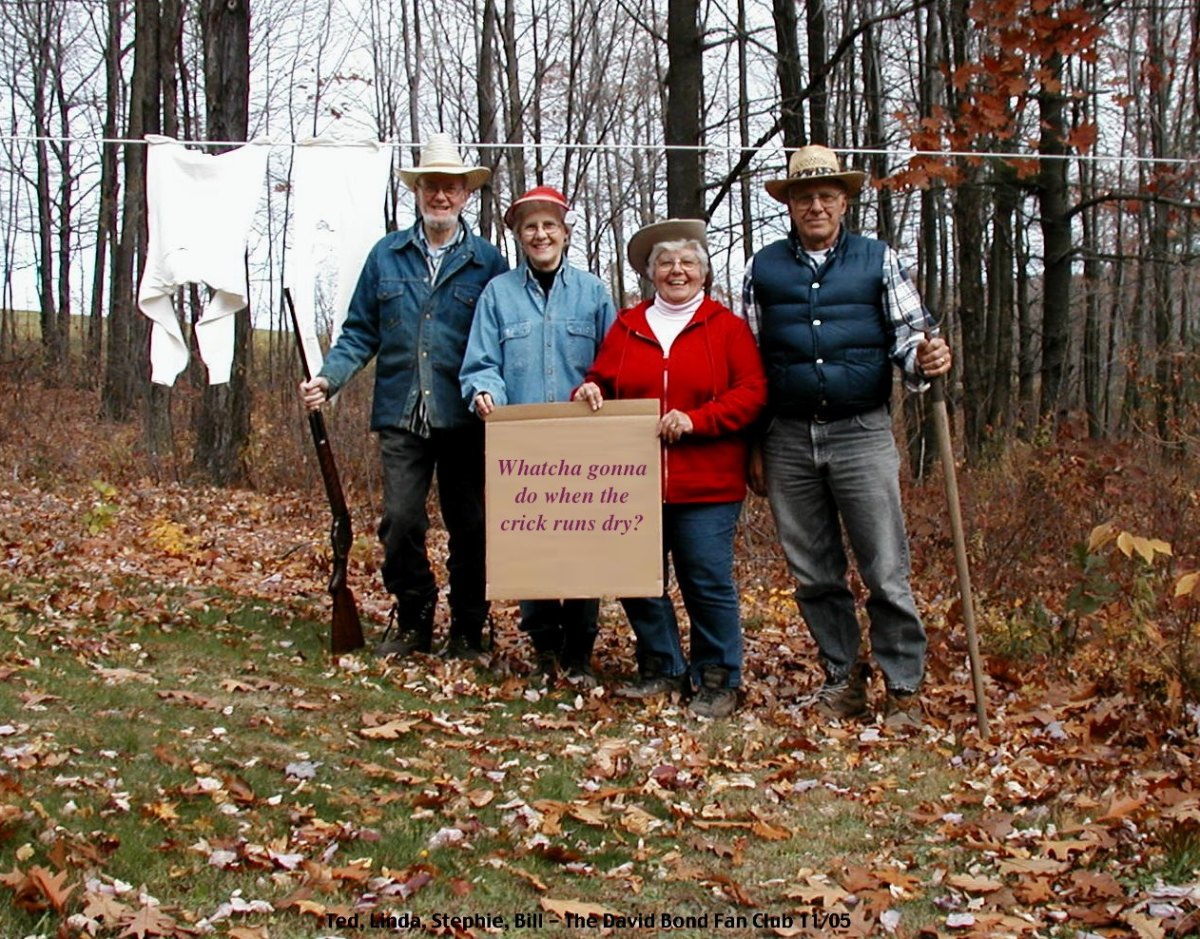Zipf's Law and Long Tail Keywords
Word frequency statistics, like a number of other natural and social phenomena, exhibit an interesting trait. Take the most commonly used word in the English language, "the." The frequency of this word is approximately twice that of the second most used word, "of," and three times that of the third most popular word, "and." See the pattern? It turns out that data supports the statement that the relative frequency of the nth most common word is equal to 1/n. The function y = 1/x has steep decline at first, which evens out as x gets larger and larger. If you plotted this function on a logarithmic scale, it would look like a straight line. The word "sexy" comes right before "Stalin" way out at position 9,515 1 (obviously no semantic correlation in order).
The most used words are short and information-efficient. A significant percentage of the words that come out of our mouths every day are from the 100 'bread-and-butter' words spiced up with a sprinkling of the fancier words out on the long tail of the word distribution.
Some other collections of data that seem to show this 'Zipfian' distribution include web sites by number of hits and books by online sales. Imagine, the nth most popular website gets about 1/nth as many hits as the most popular website. This makes it less surprising that Google PageRanks are rescaled logarithmically (keeps the numbers less astronomical and, hence, a little easier for us humans to wrap our heads around). Speaking of humans, we can even see Zipf's Law in ourselves; we have many things in common, with a long tail of uniqueness defining each of us.The term "long tail keyword" is bandied about quite a lot here on Hub Pages. It refers to the less frequently occurring and usually less competitive form of a given keyword phrase. If you type "Cars" in the search entry box of Google, like I just did at the writing of this, you'll probably still have www.cars.com come up as #1 on your search. In fact, all of the first page finalists for that one word search appear to be well-funded, highly competitive sites. However, if one narrows one's focus and types the longer-tailed keyword phrase "restoring a 57 mustang," the first results page contains some forum pages, a couple of sites the average person on the street has never heard of, and a Youtube video. This is beter fighting ground for the "little guy."In the real world of brick & mortar stores, retailers usually hedge their bets by supplying mostly the most popular items and a smattering of the less popular, clearly a Zipfian practice. If one were to try to open a store in the physical world selling only the more obscure items of a given product, it would be very hard for that seller to equal the sales of the populist vendors. In the virtual world, though, the inventory constraints of the physical world disappear. While it is very unlikely that the number of hits any one site optimizing a long tail keyword gets will exceed the number of hits that an industrial strength site reigning as king of a popular short tail keyword gets, the many small sites put together compare equivalently with the few heavy hitters.
Is this a good thing, that there is a relative nucleus of common words and a far greater sea of less common words? I think so. What if each word in the English language were used with the same degree of frequency? Imagine if "antidisestablishmentarianism" got spoken as much as "the." On the one hand, we'd all probably have our mouths full all the time with longer sentences, and on the other hand, if no words were relatively unique, how would anyone find those less competitive places for which to specialize our content?
I've known fishermen who carefully search for the best fishing spots and, when they find a spot where the biting is good, keep that spot a secret as though national defense depended on it. Let's all be glad that there are still backwater undiscovered hot spots out there for the finding.
Good Luck!
Reference:
[1] WordCount.org









